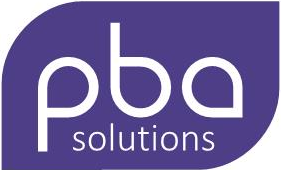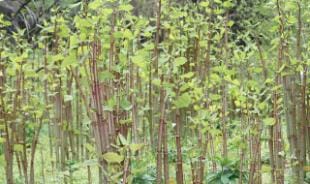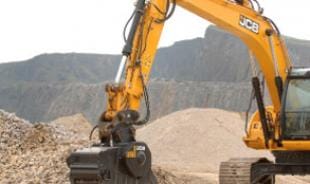“It is, without a shadow of a doubt, the most dangerous plant in Britain”
When I was a child my Dad used to warn me about Giant Hogweed. We had the native common hogweed near our home that I picked to feed to the goats, and the leaves were really big compared to other hedgerow plants, but I never saw Giant Hogweed. Four decades on and it has become a familiar sight.
I am now warning my daughter about Giant Hogweed as it grows close to her home on the banks of the River Severn. Sadly this means that her kids cannot enjoy the outdoor freedoms that I had, as they cannot be trusted NOT to touch this highly toxic plant! Make sure your dogs don’t pick up sap on their coats that you then inadvertently touch!
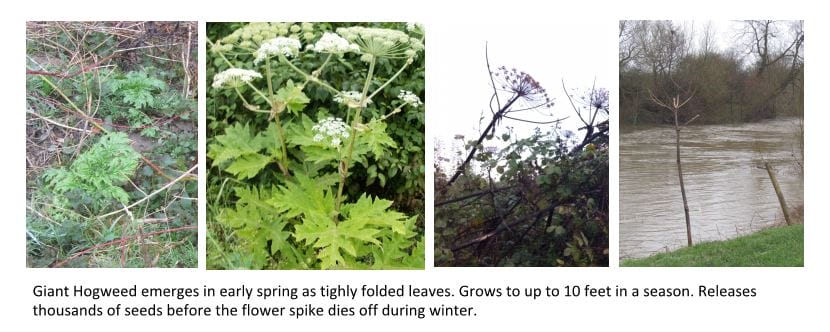
Giant Hogweed sap is highly toxic to humans causing 3rd degree burns and huge photosensitive blisters which reoccur for years whenever the skin is exposed to light. And once the toxin is in your system it stays there for up to seven years. Additionally getting the sap in the eyes can cause blindness. It’s useful to be able to identify Giant hogweed because you and your children want to avoid at all costs.
Mike Duddy, River Trust expert, said: “If you don’t know what the plant is, it’s exceedingly dangerous. It is, without a shadow of a doubt, the most dangerous plant in Britain.”
The Wildlife and Countryside Act 1981 made it illegal to plant or cause giant hogweed to grow in the wild. However, due to the vast numbers of seeds each plant can produce it has spread across the country.
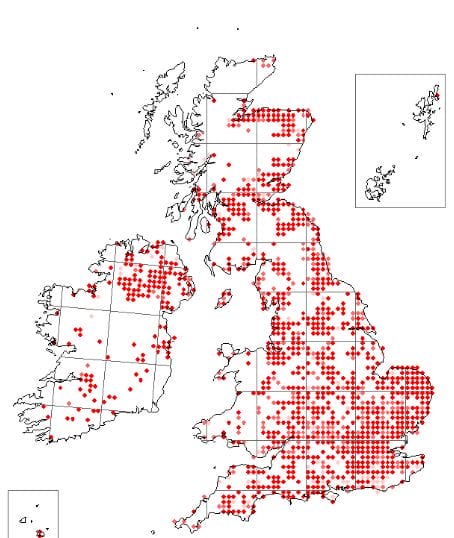
If you see a plant that looks like it might be Giant hogweed you can check by going here
First Aid for Giant Hogweed
NHS Choices advises anyone that has been unfortunately exposed to the toxic sap of Giant Hogweed should immediately wash the affected area with cold water and soap. If you feel unwell after coming into contact with Giant Hogweed then it is advised to consult with your doctor.
Giant hogweed removal
It is highly advised that you do not tackle Giant hogweed yourself as the risks of harm are significant. Call your local invasive weed specialist to assess the infestation. They will make recommendations on the best way to deal with infestation and undertake to do this for you.
Specialist companies will use full protective clothing and health and safety precautions. Methods of treatment will depend on the time of life cycle of the plants and can include herbicides and physical removal of Giant hogweed.
Future land management for Giant hogweed
There have been trials along rivers in Scotland where black faced sheep have been used to control early growth of Giant hogweed. The results are very promising. The sheep appear to be less sensitive to the sap due to the darkness of their bare skin. They can eat young growth until about June when the plants become more woody.
Richie Miller, Director of the Deveron, Bogie & Isla Rivers Trust said: “The previous trial showed a significant reduction in seedlings, with no evidence of plants reaching maturity during the three-year grazing period.
For faming land, black faced sheep look like a good solution for the future. However, in more public location and in residential areas this may not be so easy. It is time to speak to PBA.
PBA Solutions have treated and removed Giant Hogweed over the years and can help you remove this dangerous plant from your site. Give us a call on 01202 816134 to speak to one of our Invasive Weed Team.
